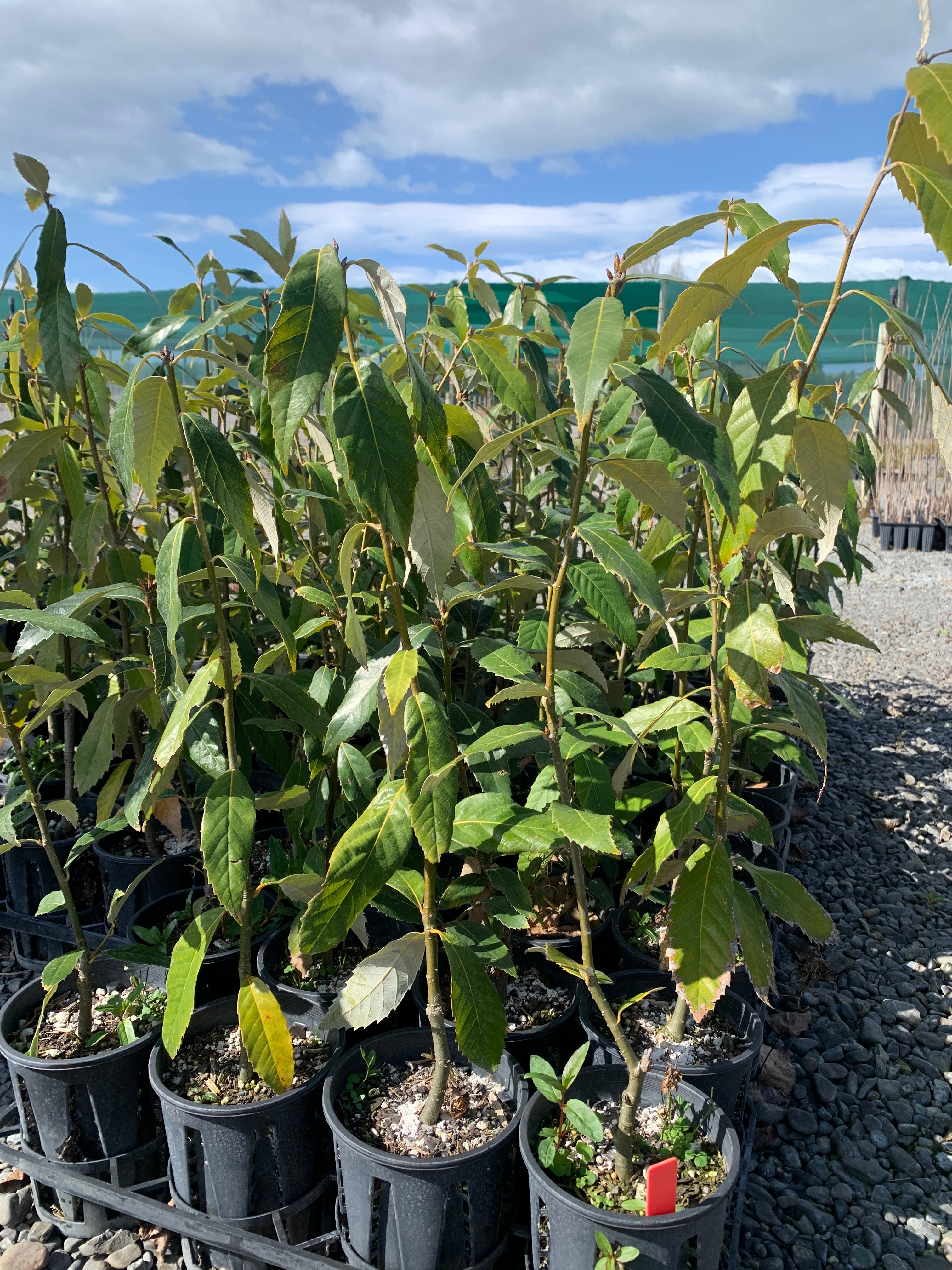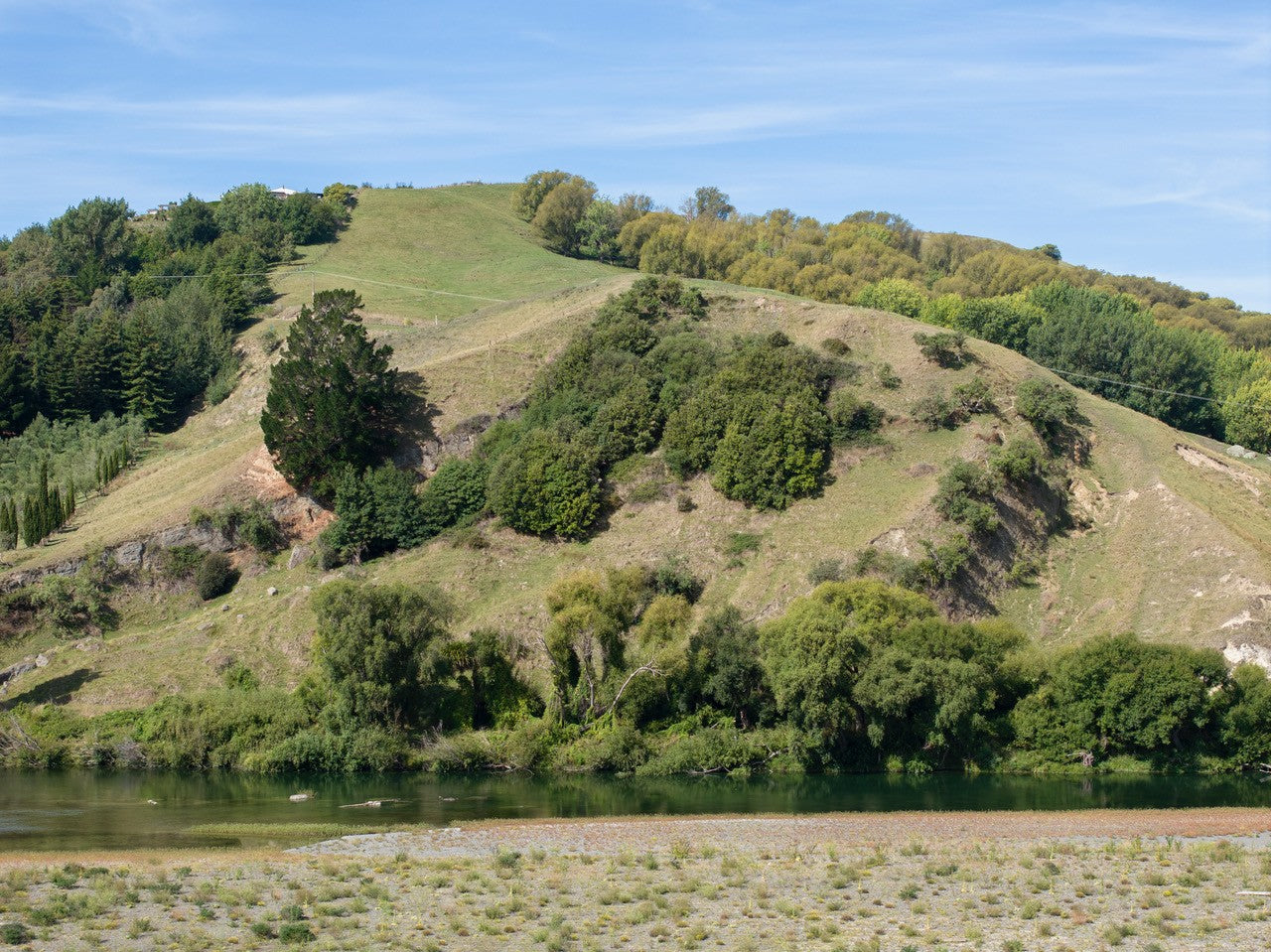
Water Crisis
November 14, 2015 by David Cranwell Almora in Uttranchal is facing an acute water crisis, which has been exacerbated by rapid, unplanned urban growth and the mismanagement of vital natural resources that...






Thirty years of research on the dry East Coast have shown that evergreen Himalayan Oaks are a great way to stabilise hillsides because of their deep roots and coppicing nature. They also provide non-invasive hedging with light canopy trimmings and are a source of palatable stock food.
Himalayan Oaks are proving promising in commercial timber production for furniture. The trees are also known as Banj Oaks and White Oaks, and come from the central Himalaya areas of Pakistan, Myanmar, Nepal, Thailand and Vietnam.
Ornamental
The root system is known for its deep penetration into the subsoil, which is crucial for anchoring the tree on steep terrain.

Anecdotal evidence suggests that the roots have a hydraulic effect, drawing water from deeper soil and releasing it at the surface, creating a consistently moist microclimate around the tree.
The tree has about 80% leaf density allowing the passage through without causing damage. As with dense hedges damaging wind throw on the leeward side of the hedge.
The roots do not spread, tending to go downwards removing the need for root sawing.
The side branches are light making it easy to trim with the fallen trimmings handled by an orchard mower rather than a a heavy mulcher.
The Banj Oak has proven to be a very effective hedge tree in Kiwifruit and apple orchards in Hawkes Bay.
The tree has the ability to be coppiced, research in India has shown that tissue is effective on young trees up to 10yrs. After 10yrs it's less likely.
NOTE: This research is on going
Banj Oaks are evergreen and can grow to 15m +
The Spring flush can be quite a spectacular feature with it's young pink leaves.
The Banj Oak responds to pruning well, enabling the tree to be kept to a manageable shape & size.
The tree is named by villagers as the White Oak, as the underside of the leaves having a greyish tomentum. When the wind blows the tree takes on a white colouration.
Every Purchase Makes a Difference

November 14, 2015 by David Cranwell Almora in Uttranchal is facing an acute water crisis, which has been exacerbated by rapid, unplanned urban growth and the mismanagement of vital natural resources that...

February 17, 2025 by Namita Davey Banj Oak UpdateCompiled by David CranwellDOWNLOAD TO READ THE COMPLETE PAPER Quercus leucotrichophora, (also known as Banj Oak, Himalayan Oak, White Oak) has several characteristics that...

January 20, 2022 by Namita Davey Assessing woodpeckers as indicators of bird diversity and habitat structure in managed forests Published by Tarun Menon & Ghazala ShahabuddinAbstract: Woodpeckers (family Picidae) are a specialised group...